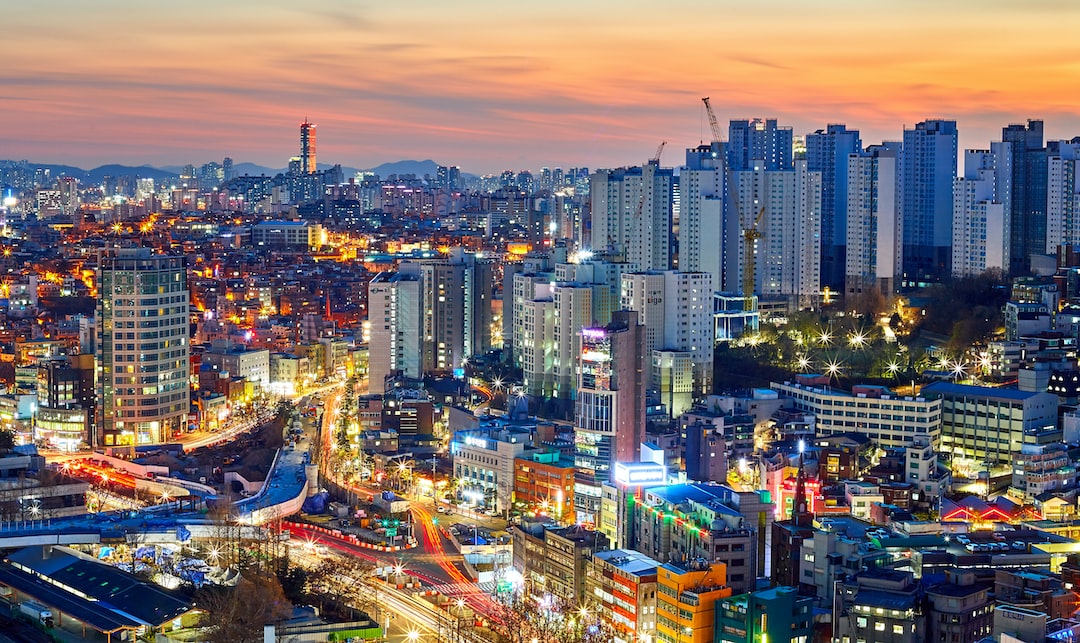TL;DR: If you must, show your butt over your boobs.
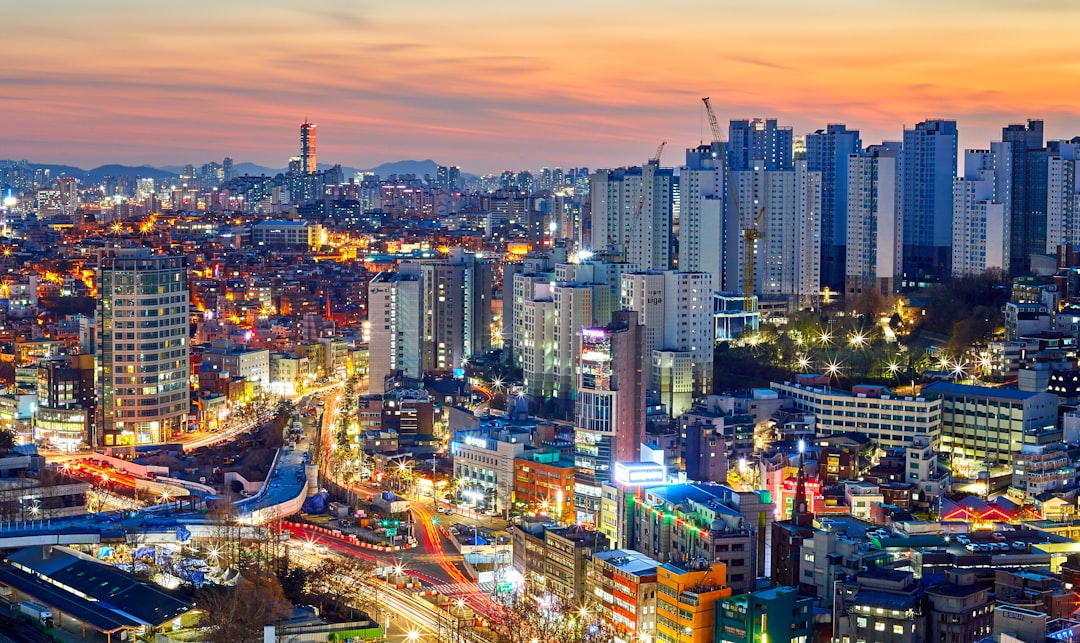
Someone recently asked me about the dos and don’ts for their first time visiting Korea. I was taken aback by that request because after living here for so long, you stop thinking about Korean customs and nuances. Literally the first thing that popped into my mind at that point was: you can wear shorts so short that your buttcheeks barely fit inside them, but you cannot wear low-cut shirts that show your boobs. Then I started making a list to cover the things that travel bloggers might not cover. Did I miss anything? Please add your tips in the comments!
Speaking Korean and English
Learning a few basic Korean phrases before arriving is a low effort-high rewards investment of your time that will take you far in Korea. Not in a practical way, of course, but in a “wow, you took the time to learn our language, here’s a dish on the house” at a mom and pop restaurant if you’re lucky kind of way.
Hello: Ahn-young-hah-say-yo (안녕하세요)
Thank you: gahm-sah-hahm-ni-da (감사합니다)
Excuse me (to get someone’s attention): juh-gi-yo (저기요)
I’m sorry (if you step on someone’s toes): jeh-song-hahm-ni-da (죄송합니다)
If looking up Korean words and phrases on the go to use with a stranger/older person; make sure you’re using the honorific version
If you need help in English, ask someone who looks like a student (everyone studies English here, most forget it after school)
If you’re communicating in English, slow down/truncate/staccato each word so that “sandwich” sounds like “sen-deu-wee-chee.” A lot do Koreans know English words but cannot understand them when spoken by a native English speaker.
- It’s the “East Sea.” Never utter “Sea of Japan” in front of a Korean.
Weather and clothes
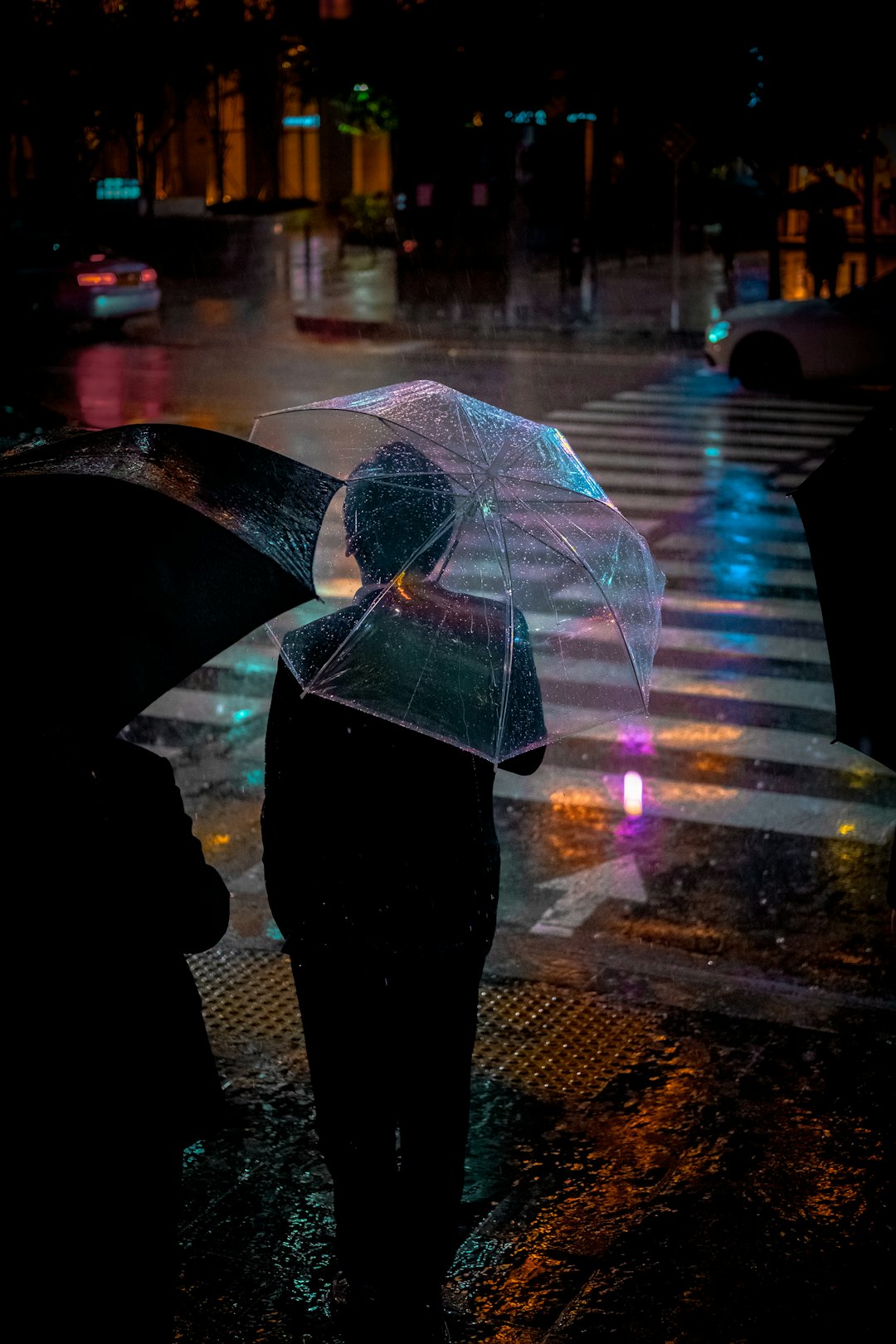
Very short shorts are socially acceptable; cleavage is not
No one will look down at you for how you’re dressed, but know that Koreans invest a lot of time in their appearances (hair, nails, fashion, etc.) so you may feel underdressed in certain parts of Gangnam, Seongsu, Hannam, etc.
Parasols are very common among women and men of all ages, and highly recommended in the summer for both sun and rain
Bring a swimming cap if you plan to swim. Swim caps or some kind of head covering are usually required in hotels, public swimming pools, and water parks.
Summer heat and humidity is pretty bad. Monsoon season is
usually a week or two in June/Julyhonestly anytime in the summer now.On that note, winters are incredibly dry; bring hand lotion or buy them at Olive Young
Shopping and paying
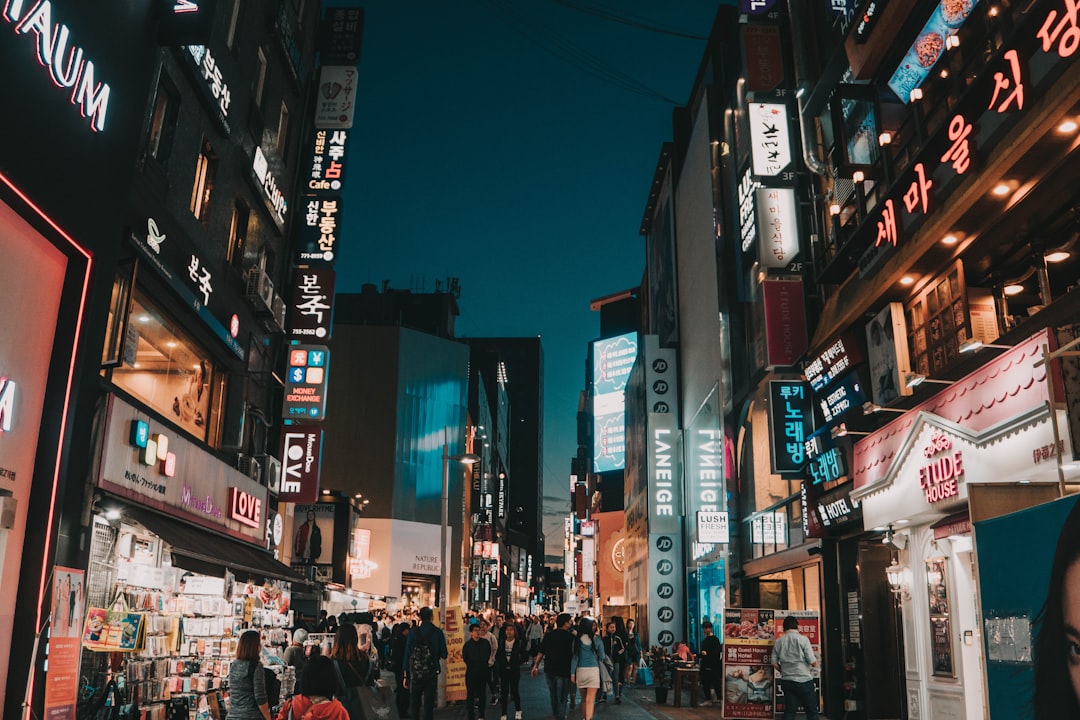
Everyone uses credit cards here; check with your bank to make sure your Visa or Mastercard will work in Korea because cash isn’t very common anymore. Some bigger stores have gone cashless (alternative: top-up transportation cards like T money or Cashbee for convenience stores and other businesses)
While they all gladly accept credit cards, mom and pop stores still love cash payments and might also offer a small discount for
not having to report the salethe convenienceCarry a small reusable bag for shopping and errands. Most stores now charge for plastic bags.
The best all-around souvenir, trinket, and snack shopping is at the big marts (Emart, HomePlus, Lotte Mart, Nonghyup). Traditional souvenirs are at the palace and museum gift shops.
Eating out
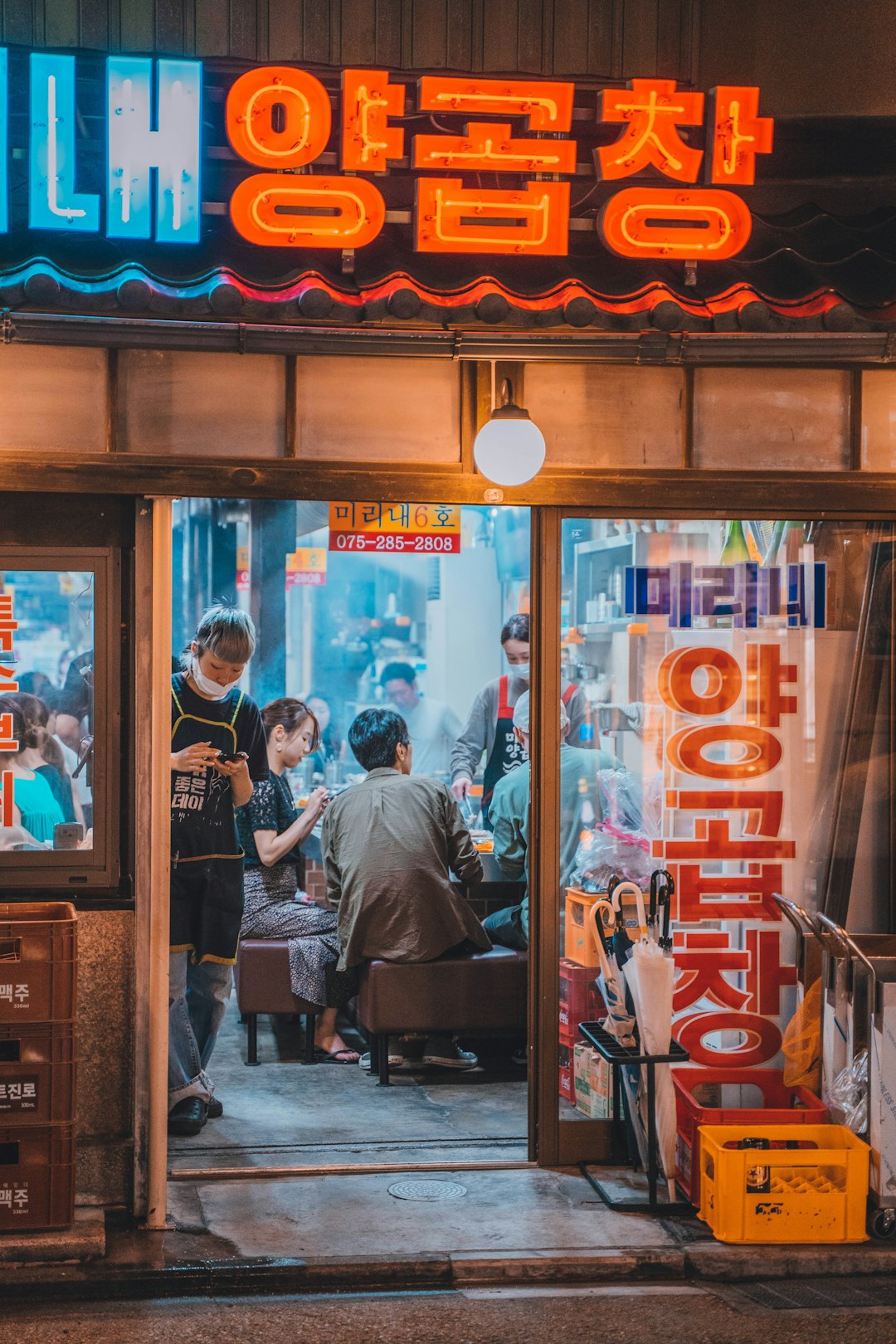
Korean restaurants in business districts tend to be better than those in strictly tourist areas. (The ones filled with men in suits during lunch hour are always solid.)
Most Korean restaurants cannot accommodate food allergies or preferences
You can ask for more side dishes (aka “banchan”) at a Korean restaurant, and they will comply (unless it’s a high cost/small batch dish)
Local restaurants often have a “self” (service) corner where you can help yourself to water and simple sides like kimchi.
Restaurants serve filtered water and it’s safe to drink
Tap water is supposed to be drinkable, but no one drinks it. It’s definitely safe to gargle and brush teeth with.
Paying for a meal happens at your own initiative. Just approach the cash register when you’re done. (Select restaurants that are busy/understaffed will sometimes ask for payment up-front)
Don’t tip anywhere, for any service, even in hotels
Getting around

Keep in mind Google maps isn’t used among locals, so the ratings, reviews, etc. are mostly from visitors and foreigners. Naver Map is the amazing if you can figure it out.
Shows and some restaurants and museums close on Mondays, and palaces close on Tuesdays, so plan accordingly
Seoul traffic can get bad; take the subway and busses when possible (especially during commute hours, and especially on Monday mornings, Friday afternoon, and all weekend long)
Subways tend to stop early (around midnight on weekdays), so check the last train schedule
Offer your subway or bus seat for an elderly or pregnant person
For taxis, always use Kakao T to call a taxi to your location to avoid confusion (or worse, a scammy driver). You can pay in cash if you don’t have a credit card to connect to the app for auto payment
Many customs found in other Asian cultures also apply in Korea. Take shoes off when entering homes and even some restaurants. Don’t stick your eating utensils in your rice like an incense stick.
Bonus: “Don’t expect cars to stop for you or anyone to hold the door lol” – submitted by Sara on Instagram 😅 This is so true. Koreans don’t really yield to pedestrians, but they usually try not to run them over. And there is no culture of chivalry and holding doors here.
